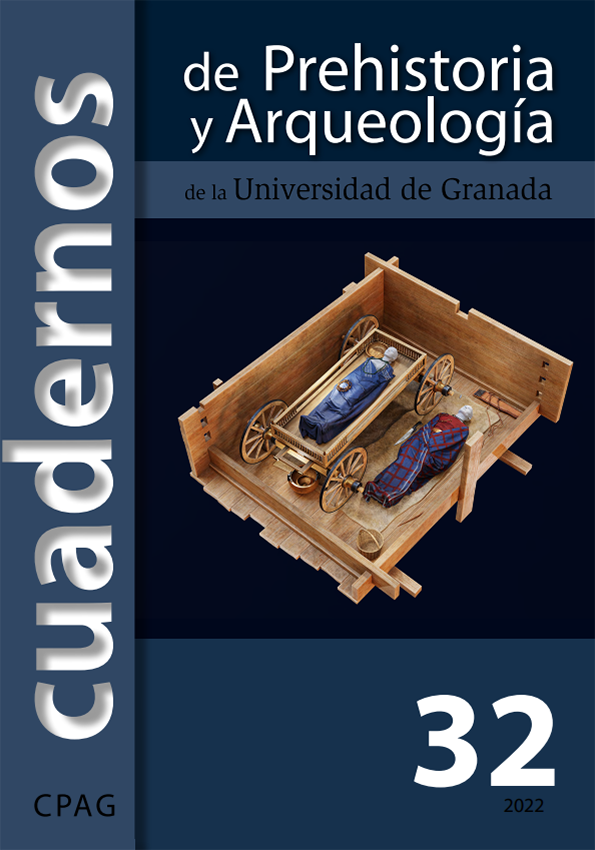RICH FEMALE GRAVES OF THE 1st MILLENNIUM B.C. IN SOUTHWEST GERMANY
Main Article Content
Abstract
Rich female graves in southwestern Germany are only recognisable archaeologically from about 600 B.C. onwards. During the Urnfield Culture and the Hallstatt C phase, male burials predominate among the rich graves. The earliest known female graves from the Western Hallstatt Culture to contain gold artefacts come from burial mounds 4 and 2 of the Bettelbühl cemetery near the Heuneburg. Furthermore, the discovery of tumulus 4, which contained a "princess grave" and the burial of a small girl, indicates that social rank and status at the Heuneburg were hereditary by at least the early 6th century BC.
The female graves of the Bettelbühl necropolis represent the start of an early Celtic tradition which last for more than 250 years. One of the last examples of this tradition being the grave from Waldalgesheim, which dates to the decades around 300 BC. From the middle of the 2nd century BC onwards rich female graves are only sporadically attested in southwestern Germany.
The rich female graves of Southwest Germany may be interpreted as representing members of an emerging aristocratic ruling class. The social importance and power of some women, which is attested archaeologically, was probably based on a matrilineal kinship or inheritance system. The archaeological sources indicate that these prominent women also held political and religious offices, and exercised power in their own right.



